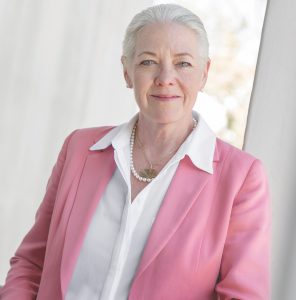Going Global: Abstract Art at Mid-Century, June 21 – September 25, 2022
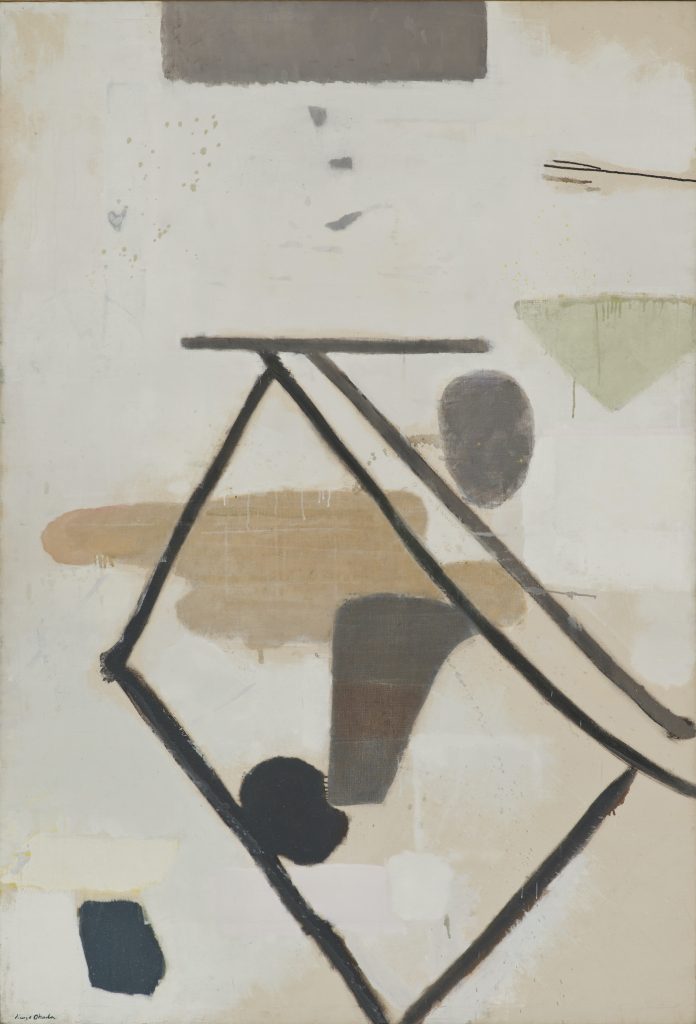
For some, abstraction symbolized the improvements of modern life—the technological and industrial wonders transforming how humans lived. For others, abstraction was yet another wave of cultural colonialism from Europe and America that displaced existing artistic practices. Whether with lush brushwork or hard, geometric edges, for a time it was the dominant form of avant-garde art. Going Global: Abstract Art at Mid-Century shows just how far abstraction reached, and some of the forms it took during the Cold War, when glossy art magazines, proliferating fairs, and commercial aviation brought an international art world into being.
The Going Global exhibition at the Santa Barbara Museum of Art features approximately 35 works from Museum’s permanent collection. The exhibition runs the gamut of mediums, from painting and sculpture to photography and lithography, and artist- invented mediums, including forms of kinetic art that appear to change as the spectator moves.
Curator of Contemporary Art James Glisson shares, “Going Global shows that abstract art in the middle of the 20th century was an international phenomenon. The artists on view were born in Argentina, Colombia, Germany, France, Hungary, Israel, Japan, Mexico, Portugal, Peru, Venezuela, UK, and USA. All of the artwork in the exhibition comes from the Museum’s contemporary collection and each piece reflects its history of striving to be outward looking, inclusive, and cosmopolitan.”
Elaborating on the impact of the art form, Glisson explains, “Abstraction was a Rorschach test on to which the anxieties, fears, and hopes of the 20th century were projected. It could reach back millennia into prehistory, ground a museum viewer in the present, or peer into a future world full of utopian promise.”
The presentation includes familiar names in the world of abstract art, such as Isamu Noguchi (b. USA, 1904–1988), Pierre Soulages (b. France 1919), and Bridget Riley (b. 1931 UK), who is among the most important and influential painters in Britain today. There are also artists who deserve broader followings, such as Kenzo Okada (b. Japan, 1902–1982), who arrived in New York from Japan in 1950 and in 1953 had his first American solo show at the prestigious Betty Parsons Gallery. There is also Edward Chávez (b. New Mexico, 1917–1995), a muralist for the Federal Art Project in the 1930s. His painting Elemental Landscape (1956) reconfigures the desert as a mosaic of earth tones and bright colors that might be mesas, dry riverbeds, or adobe buildings. His dazzling abstraction refutes the pernicious myth of an “empty”desert by evoking the millennia of human habitation before colonization. Maria Helena Vieira da Silva (b. Portugal, 1908–1992) is well known in France where she lived for 60 years. Her elegant blue and grey paintings suggest bustling cities or agricultural landscapes. Another abstract artist with a limited reputation outside of Europe is Ernst Wilhelm Nay (b. Germany, 1902–1968). On view will be a brilliantly colored abstraction of his that was shown in the German Pavilion of the 1956 Venice Biennale.
To make sense of the sprawling topic of global abstraction, the exhibition is divided into four sections:
“Op Art,” “Layers,” “Gestural Abstraction,” and “Signs & Symbols.”
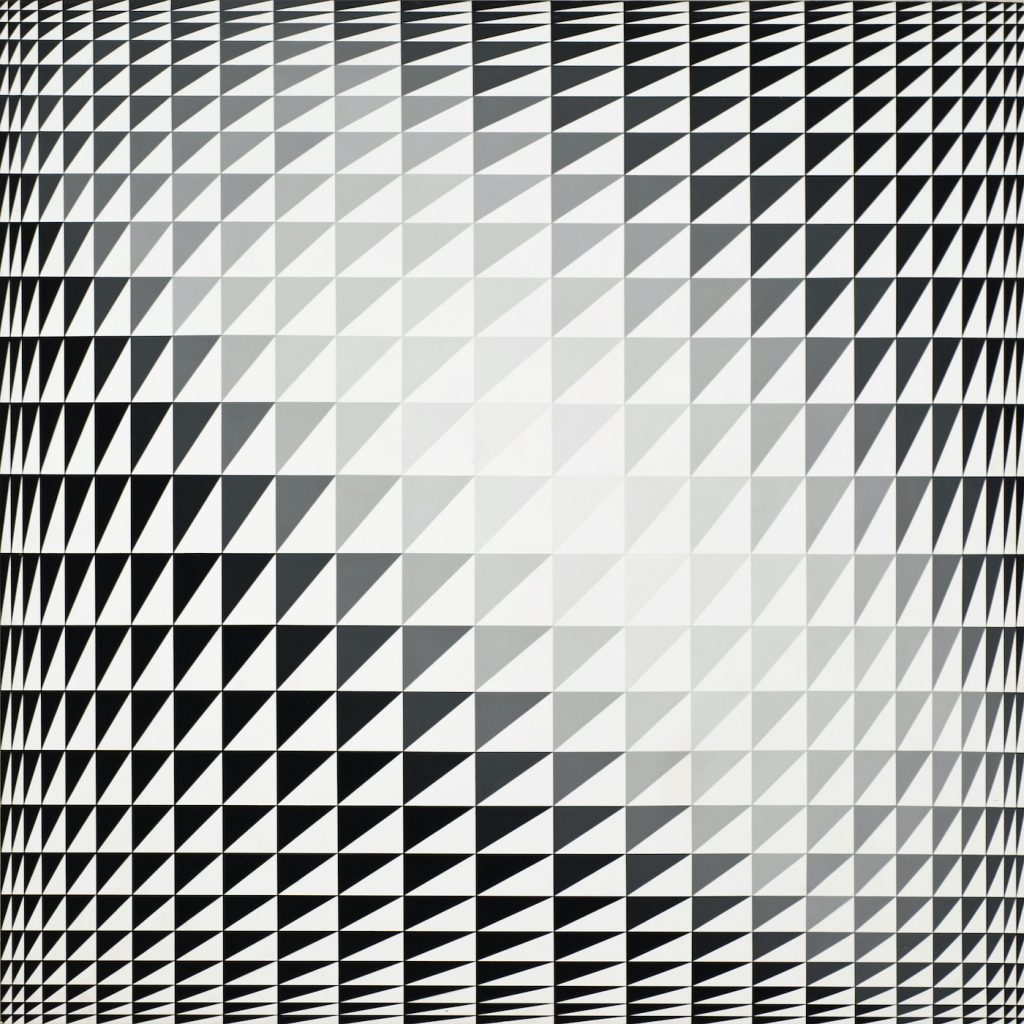
Op Art, short for Optical Art, was an international phenomenon in the 1960s that excited the public but was met with derision from critics. The artists wanted to use optical effects to break through the barriers of culture and history, to create art that reached directly into the mind of the viewer. Bridget Riley’s painting Annul from 1965 fades to white towards the center, as if being erased.
Yaacov Agam (b. Israeli, 1928 active in Paris) uses a corrugated colored surface in New Year, III (1971), which appears to change as you move. Artists from Latin America used optical illusions or prompted viewers to move around to take in an artwork under varying conditions. Going Global has dazzling examples of works by Jesús Rafael Soto (b. Venezuela, 1923–2005, active Paris), Carlos Cruz-Diez (b. Venezuela, 1923–2019), Rogelio Polesello (b. Argentina, 1939–2014), and Eduardo Mac Entyre (b. Argentina, 1929–2014).
Layers considers artworks that depict shallow spaces and fractured or jigsaw-puzzle shaped forms, a visual strategy reflecting the legacy of cubism. Photographs by Kansuke Yamamoto (b. Japan, 1914–1987) and André Kertész (b. Hungary, 1894–1985, active New York) are in a dialogue with paintings by Ben Nicholson (b. UK, 1894–1982), Gunther Gerzso (b. Mexico, 1915–2000), and Mathias Goeritz (b. Germany, 1915–1990, active Mexico). The Museum’s holdings of Japanese modernist woodblock prints are also part of the conversation, including an exquisite print by Hiroyuki Tajima (b. Japan, 1911–1984).
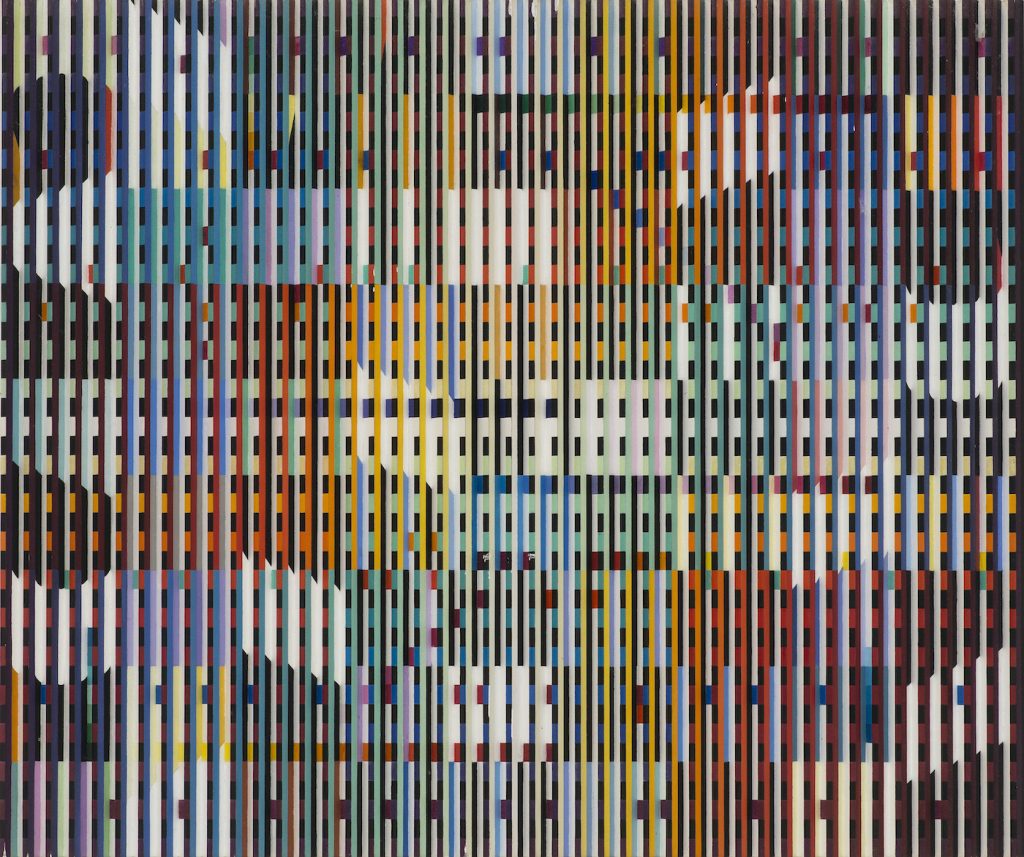
Gestural Abstraction contains energetic paintings that hold an emotional charge, including some exquisite pieces by Soulages, Nay, Fernando de Szyszlo (b. Peru, 1925–2017), and Matsumi Kanemitsu (b. US, 1922–1992).
Signs & Symbols, contains artists who use symbols, such as rows, road signs, and written language. These artists are less about visual abstractions than the philosophical and linguistic ones that shape language, thought, and how humans come to understand the world.
Going Global: Abstract Art at Mid-Century June 21 – September 25, 2022
This exhibition is made possible through the generous support of the Santa Barbara Museum of Art Women’s Board.
Related programming — www.sbma.net/events
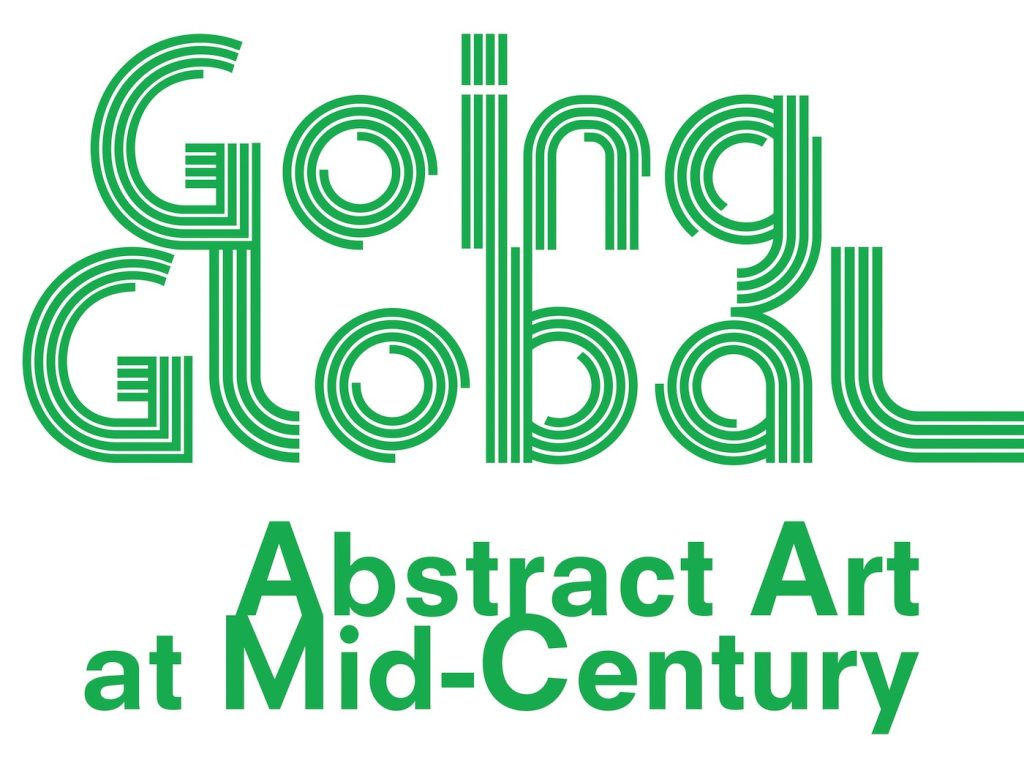
- Ted Nash: The Sound of Art, Sunday, July 10, 3 pm
- Alexander Alberro (Barnard College) speaks about abstract art in Latin America, Sunday, Wednesday, August 31, 3 pm
- Parallel Stories: Patricio Ferrari and Forest Gander, Thursday, September 11, 2:30 pm
- Writing in the Galleries with Patricio Ferrari, September 15, 5:30 pm
Santa Barbara Museum of Art, 1130 State Street, Santa Barbara, CA 93109
Open Tuesday – Sunday 11 am to 5 pm, Free Thursday Evenings 5 – 8 pm
805.963.4364 www.sbma.net
Going Global: Abstract Art at Mid-Century
June 21 – September 25, 2022
Santa Barbara Museum of Art, 1130 State Street, Santa Barbara, CA 93109
Open Tuesday – Sunday 11 am to 5 pm, Free Thursday Evenings 5 – 8 pm
805.963.4364 www.sbma.net
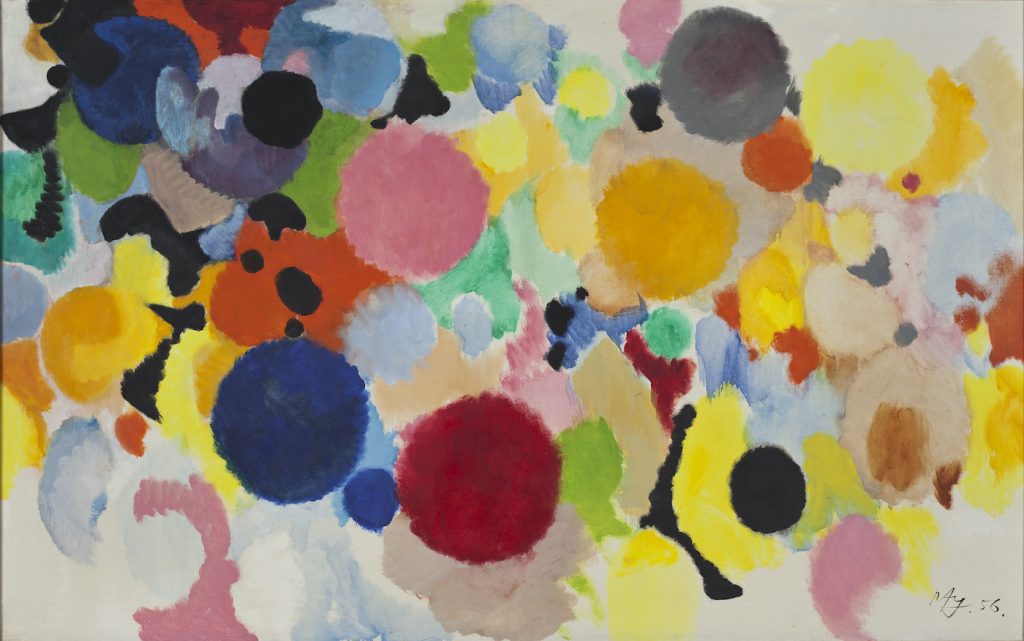
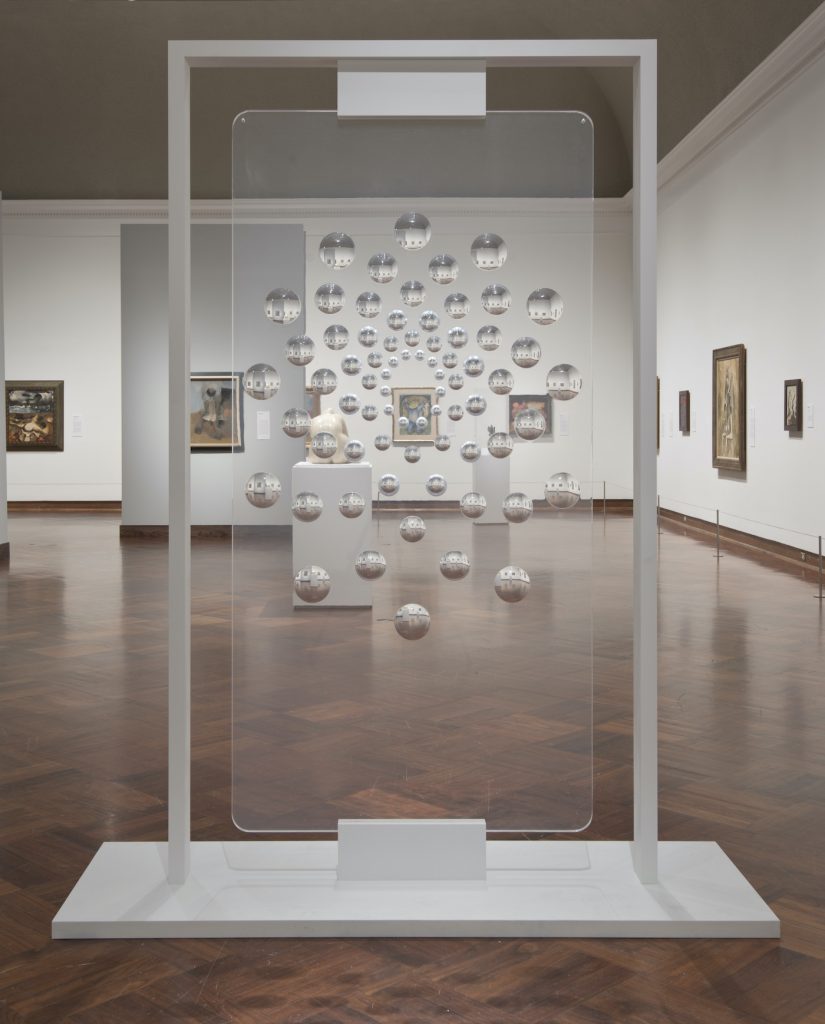
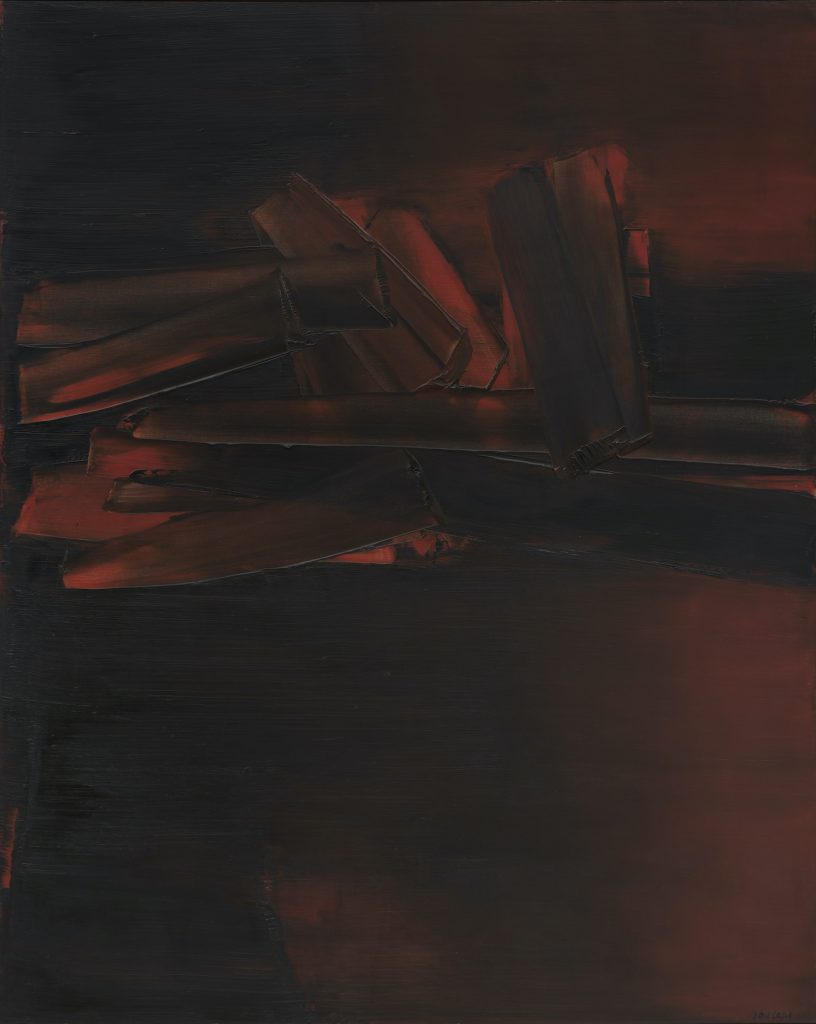
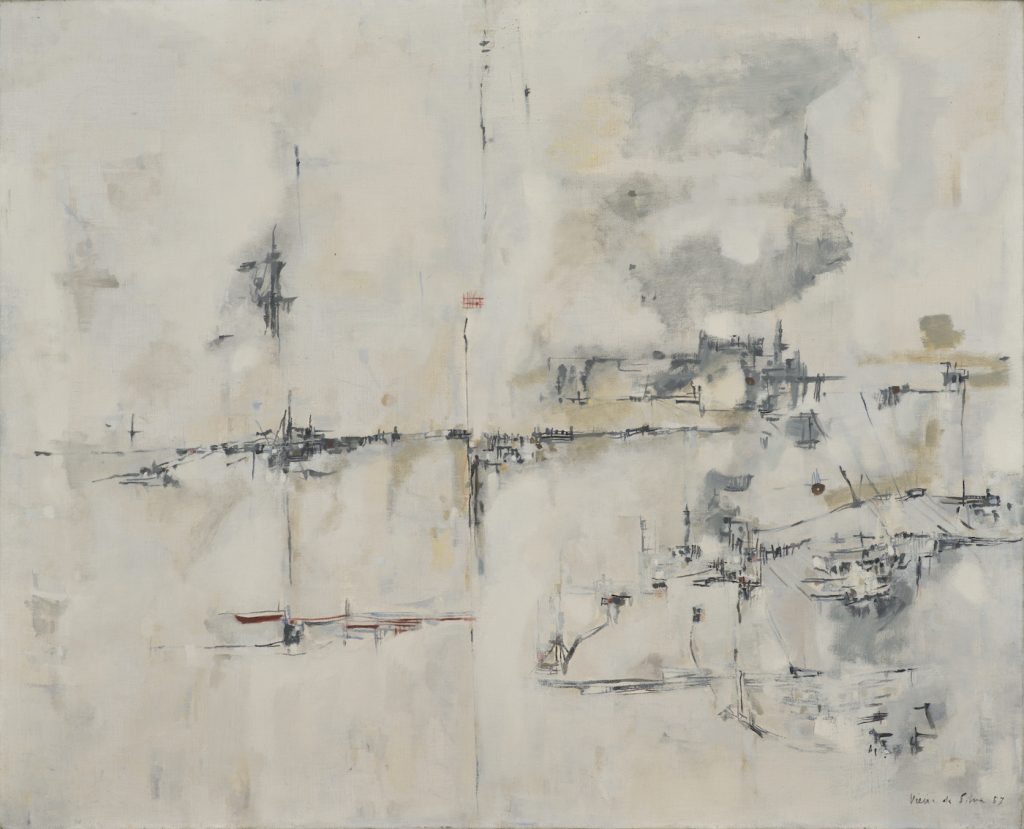
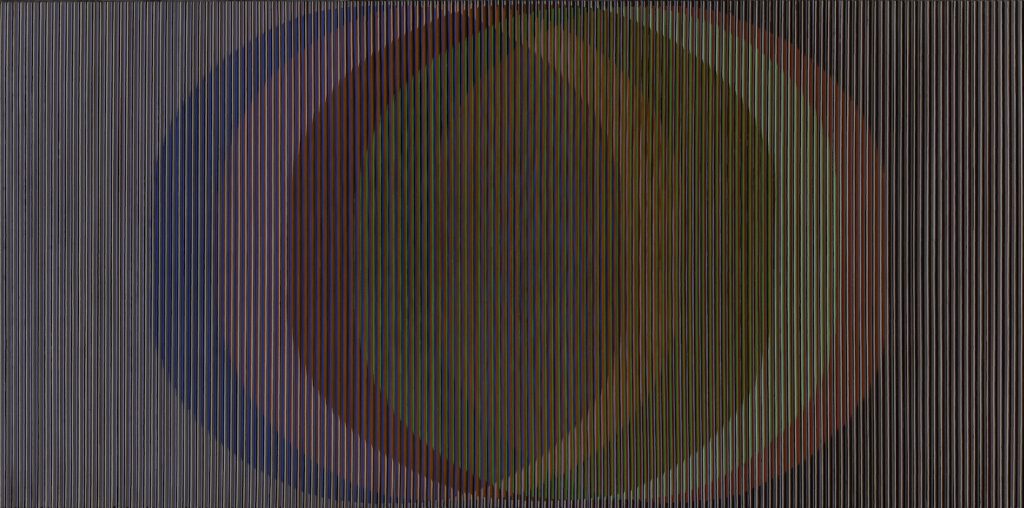
Santa Barbara Museum of Art
Donate now!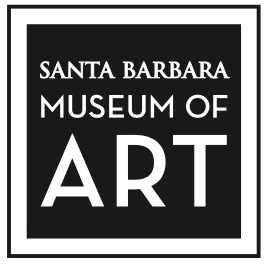
sbma.net
(805) 884-6427
External Affairs Deputy Director: Susan Bradley
Mission
The mission of the Santa Barbara Museum of Art is to integrate art into the lives of people.
Begin to Build a Relationship
We know you care about where your money goes and how it is used. Connect with this organization’s leadership in order to begin to build this important relationship. Your email will be sent directly to this organization’s Director of Development and/or Executive Director.
We believe that incorporating art into students’ lives plays a crucial role in social and emotional learning. Engaging with art, whether in a group or alone, helps us understand and connect with one another. Art stirs curiosity about the unfamiliar and encourages us to accept and appreciate differences and new perspectives. By integrating art, we can enhance curriculum connections, explore diverse narratives, provoke questions, and inspire meaningful discussions.
Program Support
The Santa Barbara Museum of Art provides in-person and online resources for art makers, art educators, and art enthusiasts. Your donation supports free educational programs and engagement opportunities including classroom and after-school activities, in-person and virtual school field trips, and adult studio classes and workshops. The Museum is committed to engaging the community in new and substantial ways, through a varied series of lectures and programs, including mission-enhancing literary, musical, and theatrical events. Please visit sbma.net/support or call (805) 963-4364 to speak to one of their friendly staff for information on how you can participate.
Become a Member!
Join Santa Barbara Museum of Art’s community of art lovers and enjoy numerous benefits, including free admission, discounts on programs, lectures, workshops, and Museum Store purchases, as well as exclusive access to events celebrating art and art-making. For those who want to make a deeper connection, a Museum Circles Patron membership provides special opportunities to meet with artists, educators, curators, and fellow supporters.
2024 – 2025 Board of Trustees
Michael C. Linn, Chair
Lynn Cunningham Brown, Vice Chair
Christian McGrath, Secretary
Marta Holsman Babson
Susan Drymalski Bowey
Karen Lombardo Brill
Robert Castle
Joan Davidson
Richard De Schutter
Martha Gabbert
Mitchell Green
Christine Vanderbilt Holland
Rachel Kaganoff
Jacquelyn Klein-Brown
Norman A. Kurland
J. Paul Longanbach
Kandy Luria-Budgor
Janet Feldstein McKillop
Nicholas Mutton
Betsy Newman
Doug Norberg
Stephen Schaible
Merrill Sherman
Jeanne Towles
Martha Townsend
Beth Wood
Bruce Worster
Laura Selwyn Wyatt
